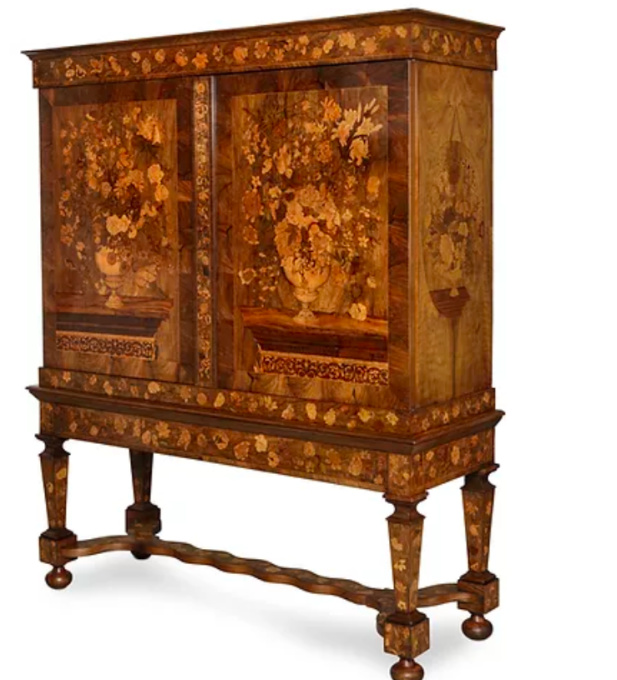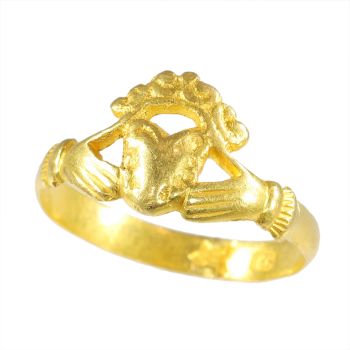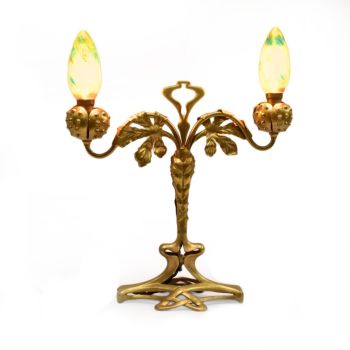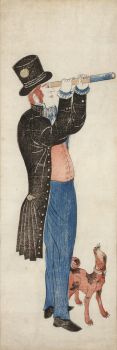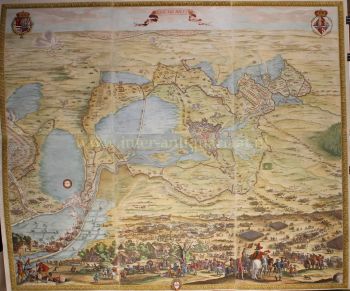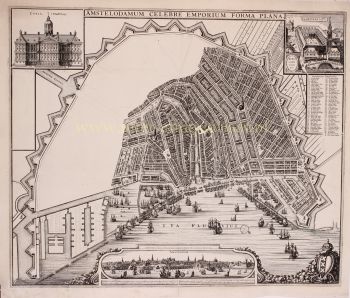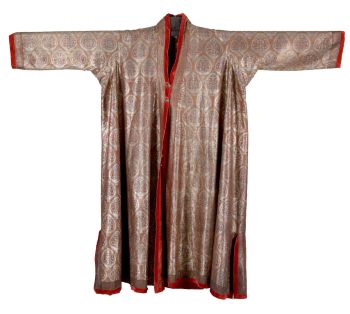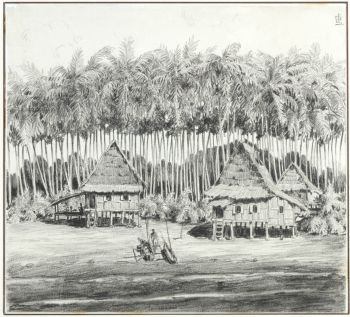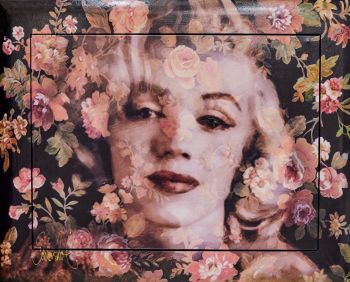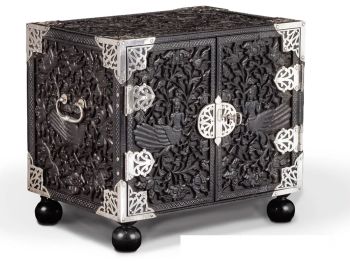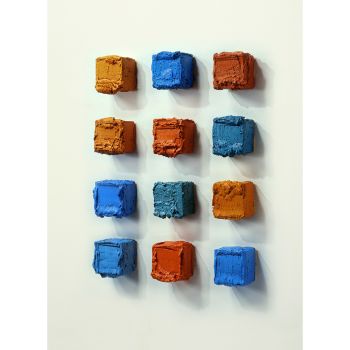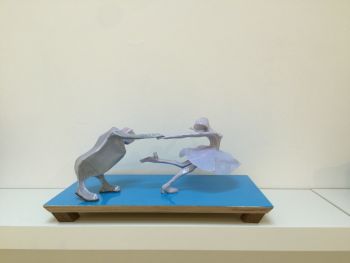THE VAN MEKEREN CABINET 1700
Jan van Mekeren
Hout
206 ⨯ 171 ⨯ 61 cm
Prijs op aanvraag
Zebregs & Röell - Fine Art - Antiques
- Over kunstwerk
The highly important Dutch marquetry Van Mekeren cabinet Amsterdam, circa 1700, by Jan van Mekeren (1658-1733) H. 206 x W. 171 x D. 61 cm Jan van Mekeren, born in Tiel 1658, moved to Amsterdam in 1687 where he was recorded as ‘kabinetmaker’ or ‘kistenmaker,’ and where he married Maria Hovinck, 26 years old. Before moving to Amsterdam, Jan van Mekeren had been in London in 1682 where he had asked to be admitted to the Dutch Reformed Church. He apparently wanted to stay for some time in London presumably to learn the art of furniture marquetry. In 1687 he is mentioned as guildsman, member of the St. Josef guild in Amsterdam. Apparently, he was quite successful as a cabinetmaker because in 1693 he bought a house in the expensive Kalverstraat and extended his business into the wood trade as well. Since the head-quarter of the VOC was in Amsterdam the city was the foremost European market for exotic woods in the 17th century. Jan and Maria had six children. Jan intended his first son Fikko, born in 1693, to succeed him as cab-inet maker but unfortunately Fikko died in 1731. After Jan’s death in 1733 the wood trade was con-tinued by his daughter-in-law but there was no one able to continue his cabinet making business. Despite a 1624 regulation stipulating that members of the Amsterdam cabinetmaker’s guild who offered their wares for sale in the guild’s shop, furniture makers in the 17th and 18th century Holland hardly ever marked their work. However, thanks to the inventory after Jan’s death, there is a good list of his workpieces with thorough descriptions, prices, and the names of his clientele. The estate included many finished and unfinished pieces of furniture, a large collection of cabinet woods, and, most interesting, a long list of claims with names of the debtors and the amounts due. Most debtors were well known Amsterdam patricians, only a few were from outside Amsterdam, including Jens Wijbergen from Copenhagen, who still owed Jan van Mekeren fl. 33,13. Because of a very close resemblance, this cabinet possibly is the pendant of the Van Mekeren cabinet now in the Victoria & Albert Museum (W.5:1 to 14-1986). There are minor differences in the flower decorations on the doors and sides of the cabinet, but a pair of Van Mekeren cabinets in castle Amerongen, ordered as a pair, look less like each other than the present cabinet and its possible pendant in the V&A. During the second half of the 17th-century flower paintings became popular and among the most famous flower painters were two women: Maria van Oosterwijk (1630-1693) and Rachel Ruysch (1664-1750). Jan van Mekeren’s flower bouquets issuing from urns on a plinth bear close resemblance to the bouquets painted by these two women artists. Only six other van Mekeren cabinets are known: one in the Rijksmuseum Amsterdam (inv. R.B.K. 1964-12), one in the The Metropolitan Museum New York (1995, 371a, b), one in the Victoria and Albert Museum, one in Charlecote Park, Warwickshire, and a pair in Amerongen Castle, the Netherlands.
Bent u geïnteresseerd om dit kunstwerk te kopen?
Artwork details
Related artworks
 Gecureerd door
Gecureerd doorDanny Bree
Onbekende Kunstenaar
A pair of angels Antwerp, 17th century, Carrara marble17th century
Prijs op aanvraagFrederik Muller
1 - 4 / 24Onbekende Kunstenaar
EEN COLLECTIE VAN VIER SRI LANKAANSE IVOREN BIJBEL DOZEN18th century
Prijs op aanvraagZebregs & Röell - Fine Art - Antiques
1 - 4 / 24Onbekende Kunstenaar
EEN VERGULD-ZILVER SRI LANKAANSE DOCUMENTEN ROLCONTAINER19th century
Prijs op aanvraagZebregs & Röell - Fine Art - Antiques
Onbekende Kunstenaar
A SMALL IVORY NETSUKE OF A DUTCHMAN WITH A DRUM1750 - 1800
Prijs op aanvraagZebregs & Röell - Fine Art - Antiques
1 - 4 / 24- 1 - 4 / 24
- 1 - 4 / 12


